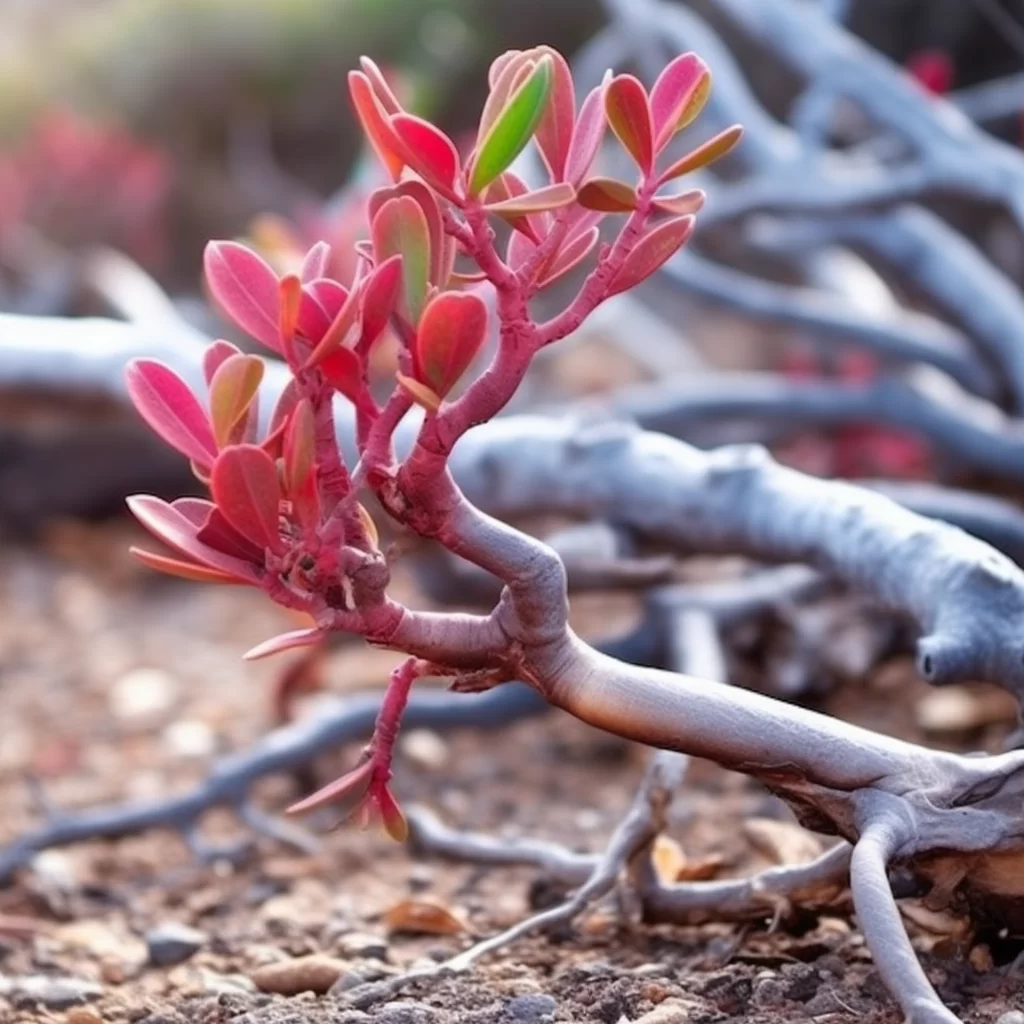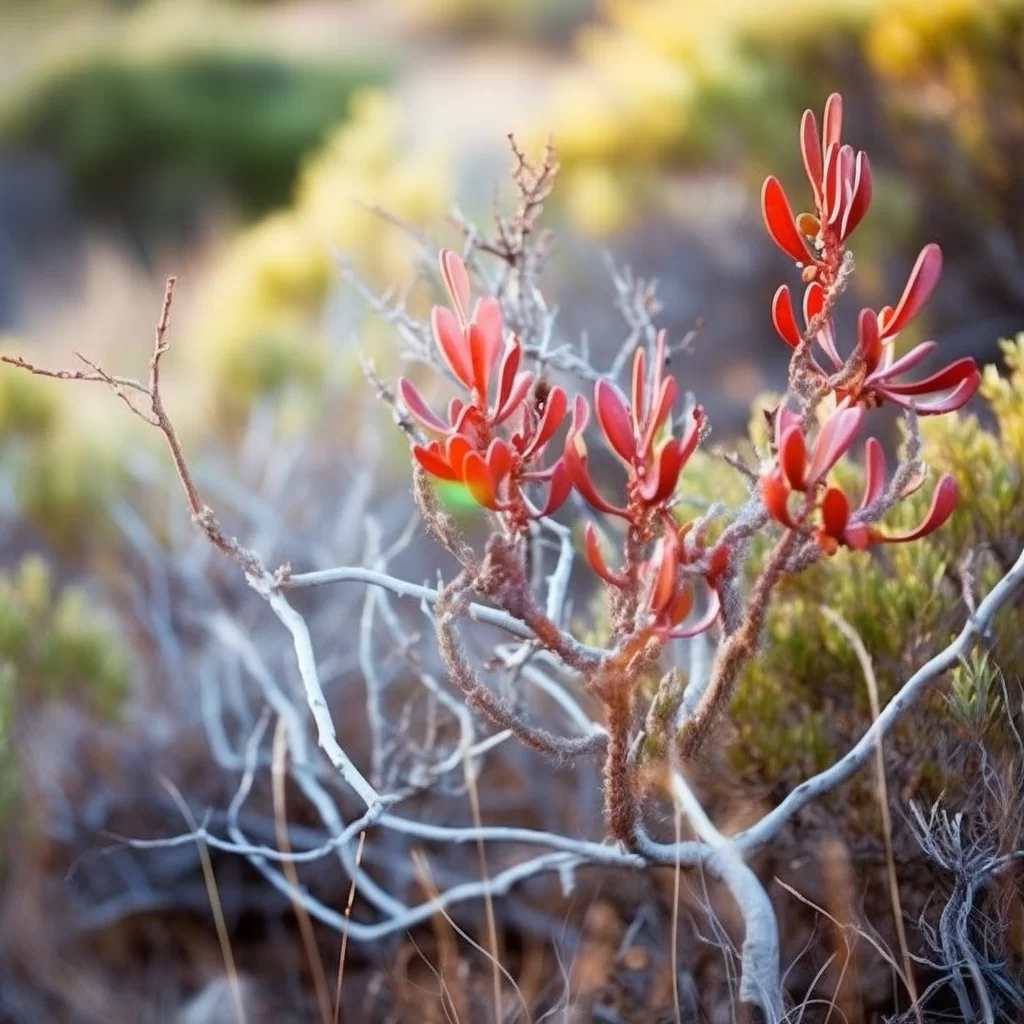Story of Day :
Contents
The Manzanita Plant: A Complete Guide and Care Tips
Have you ever heard of the manzanita plant? This unique and beautiful species is native to North America and has been a favorite among gardeners for decades.
In this article, we will provide you with a complete guide on manzanita plants, including their characteristics, care tips, and potential uses in your garden.
What is a Manzanita Plant?
The manzanita plant is an evergreen shrub that belongs to the Ericaceae family.
It is native to North America, where it can be found in various regions ranging from arid deserts to forested mountains.
One of the most distinctive features of the manzanita plant is its smooth reddish-brown bark that peels off in thin layers.
The leaves are small and often have a glossy finish with varying shades of green or gray-green coloration depending on the species.

The flowers are usually white or pinkish-red and bloom between December through April.
The fruit produced by these plants resembles small apples hence their name “manzana” which translates as apple from Spanish.
Care Tips for Manzanitas
- Climate: Most varieties prefer full sun exposure but can tolerate partial shade if necessary.
They thrive well in areas with mild temperatures (around 60-70°F) but can also withstand colder climates down to 20°F or hotter regions up to 100°F.
- Soil: They grow best in well-drained soils that are slightly acidic (<7 pH).
Adding organic matter like compost or mulch helps improve soil quality.
- Irrigation: These plants can survive with minimal watering once they establish, but regular irrigation is necessary during the first year of growth.
The amount of water depends on the climate and soil type, but generally, it’s best to avoid over-watering since this may cause root rot.
- Pruning: Pruning is not usually necessary for manzanitas as they have a naturally attractive shape.
However, if you want to control their size or promote bushier growth, then it’s recommended to prune them during late winter or early spring while they are dormant.
- Fertilization: Fertilizers are not typically required for these plants as long as there is enough organic matter in the soil.
If necessary use low-nitrogen fertilizers that do not contain phosphorus (P) since these plants thrive better in soils with low levels of this nutrient.
Potential Uses for Manzanitas
The manzanita plant has several potential uses in your garden or landscape design.

- Hedges: Some species such as Arctostaphylos densiflora and Arctostaphylos viridissima make excellent hedges due to their dense foliage and attractive bark coloration.
- Garden Accents: Their interesting shapes and textures make them a great addition to rock gardens or mixed borders where they can provide contrast against other plants.
- Bonsai Trees: Due to their slow-growing nature and compact shape, some species like Arctostaphylos hookeri make great candidates for bonsai trees.
In conclusion..x
The manzanita plant is an intriguing addition to any garden or landscape design.
Its beautiful bark, small leaves, and delicate flowers make it a unique specimen for gardeners to appreciate.
With proper care, these plants can thrive in a variety of climates and soil types making them an excellent choice for both novice and experienced gardeners alike.